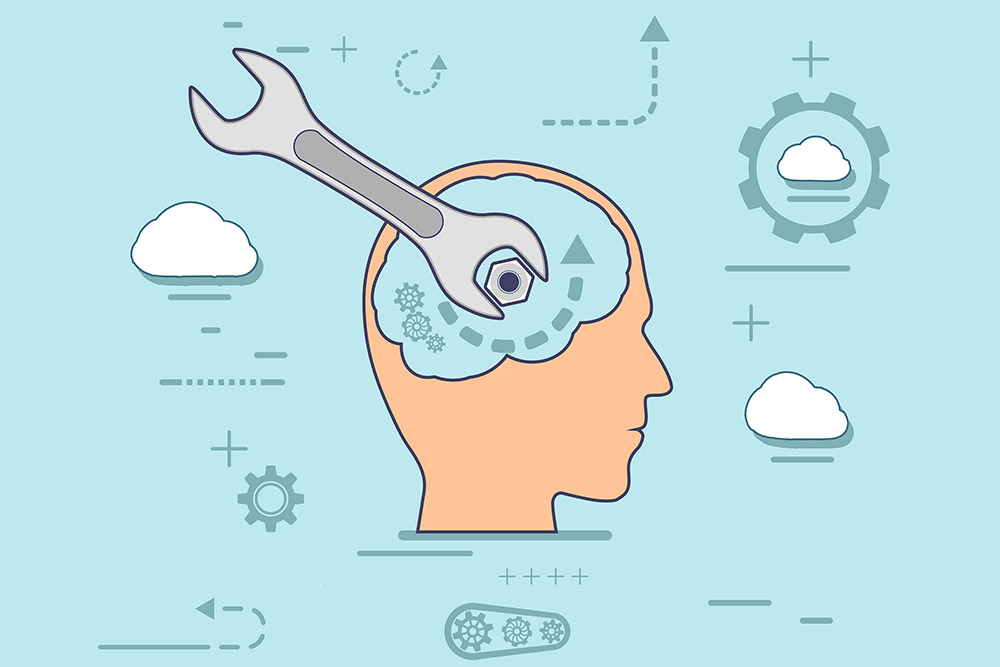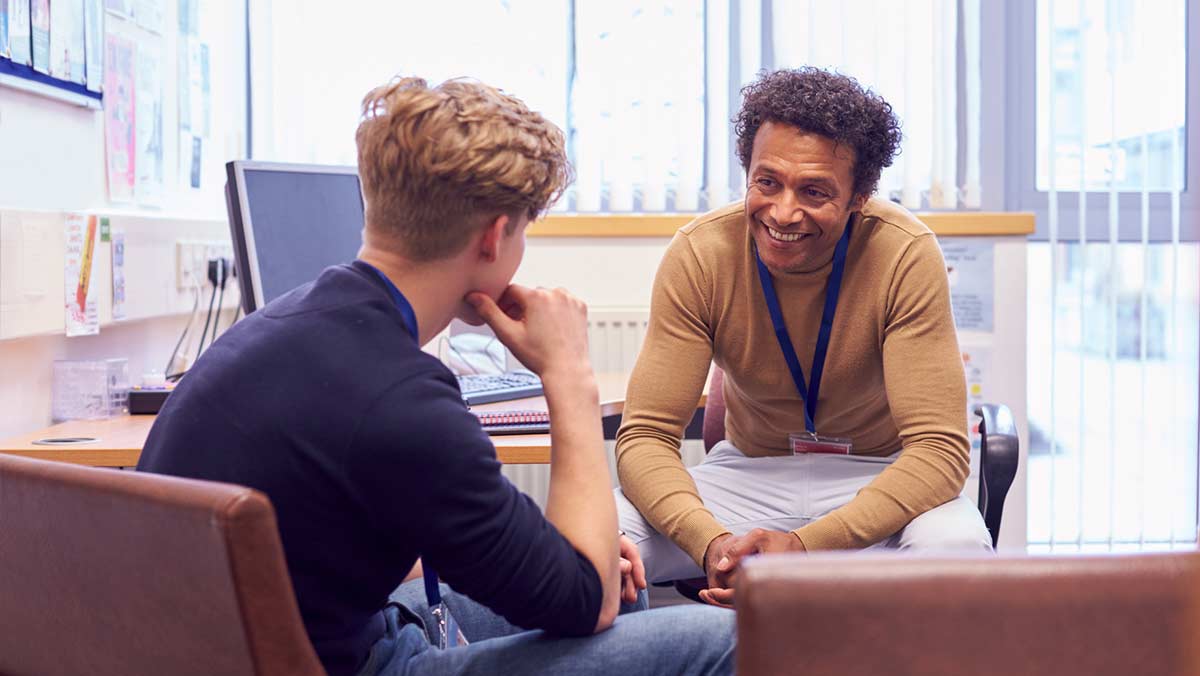By Katerina Dimarogkona,
Sitting in class, you look at a picture of a blackened lung, supposedly showing the effects of smoking on the body. Or, some lady tells you all about STDs, somehow managing to make it both scary and boring at the same time. And sitting during these ridiculous presentations as a child, before making fun of the presenter, you probably felt in your heart that none of these “education” efforts had any effect on you. They would not stop you from smoking weed, cigarettes, or from drinking. Especially not from having sex. You tolerated them because they had science on their side and they made you attend, but what if I told you there is a whole science called prevention science, aiming solely at promoting well-being and preventing illnesses, such as obesity, STDs, alcohol, drug abuse disorder and mental illness? And they say those presentations at school were wrong and unscientific. Evidence shows that they actually lead to more children abusing alcohol and drugs, not less (EMCDDA, 2019).
In the prevention science literature, it is thought that most practices used in schools today do more harm than good. Things like lectures, that speak theoretically about subjects children already know about, do not result in positive behavior change. And then, children are tempted by the “forbidden fruit” they are told not to taste. They just make them more interested in whatever they are not allowed to do. Another popular tactic that does not work is bringing an addict, or an ex-addict to speak to students. But fear is not an effective way of influencing human behavior. These strategies do nothing for no one and have no scientific basis, yet hundreds of thousands of euros are spent to this day, on booking such obviously unqualified speakers for students. Science deems these solutions at least superficial.
So what does prevention science advocate for exactly? It is a multi-disciplinary science that merges etiology, epidemiology, intervention design, and effective planning. It implements strategies to prevent the preventable lifestyle diseases that have turned into full-blown epidemics, like obesity and depression, the most significant causes of death worldwide for people ages 18-34. The programs it makes are used in schools, workplaces, families, and society at large. But it goes much deeper than the conventional methods we routinely use to prevent kids from smoking. The basis for prevention science is the etiology model.

Contrary to the popular belief that addiction is generated by our character, it is a deeply personal problem and we have to fix ourselves. This science largely advocates that “society is the patient”. We are formed by the many environments we find ourselves in. The micro-level environments are that of the family, the school, the peer group, etc., whereas the macro-level environments are institutions, communities, and society at large. All those environments then interact and mix with our genetic make-up and personality, and that mix results in our behavior patterns.
And personality is not as important a part of the mix as we would think. Experts on addiction currently agree that some people have personalities that make them more vulnerable to becoming addicts later in life. However, those people must be found in an environment that triggers addictive behaviors for their personality to make a difference. Put differently, if a person whose personality leads them to addiction easier is raised in a loving family, if they are found in a stable encouraging environment that makes use of their talents, then their personality does not matter at all.
All this amounts to a model that emphasizes acting before an addict is created, intervening when they are a child. Mental illness and addiction often first appear in a person’s teenage years and early adulthood. So we have to act before that. Important coping skills are taught, in order to enhance discipline and impulse control for both parents and children. A large quantity of time between parents and children has been found to reduce addiction and health concerns later in life. Hobbies and fun activities also matter, which is why in Iceland, the highly effective IPM model applied there, gave vouchers to all school children that enabled them to go to any after-school activity they wanted, and a curfew was imposed on minors. These programs are supposed to be applied long-term with diligence. Problems that were created in years can’t be solved in a few months.

Limited knowledge about these programs unfortunately creates no pressure on governments to act on the theory. And to make matters worse, prevention is something that is hard to invest in. We feel sure about what we already know, and we don’t see the need for something which has no symptoms. Then, the change of governments often brings a change in education reform, and all that was applied the previous year turns into dust. But the science of the future says that it makes more sense to cure an illness before it even exists. It is weird that we would have so much science in this domain and not ever act on it.
References
- Catherine P. Bradshaw, Prevention Science: Official Journal of the Society for Prevention Research, vol. 23, Published by Springer, 2020
- What is Prevention Science?, npscoalition.org, Available here
- What is prevention science?, issup.net, Available here




